Home>Furniture & Design>Bathroom Accessories>What Pipe To Use For Bathroom Exhaust Fan
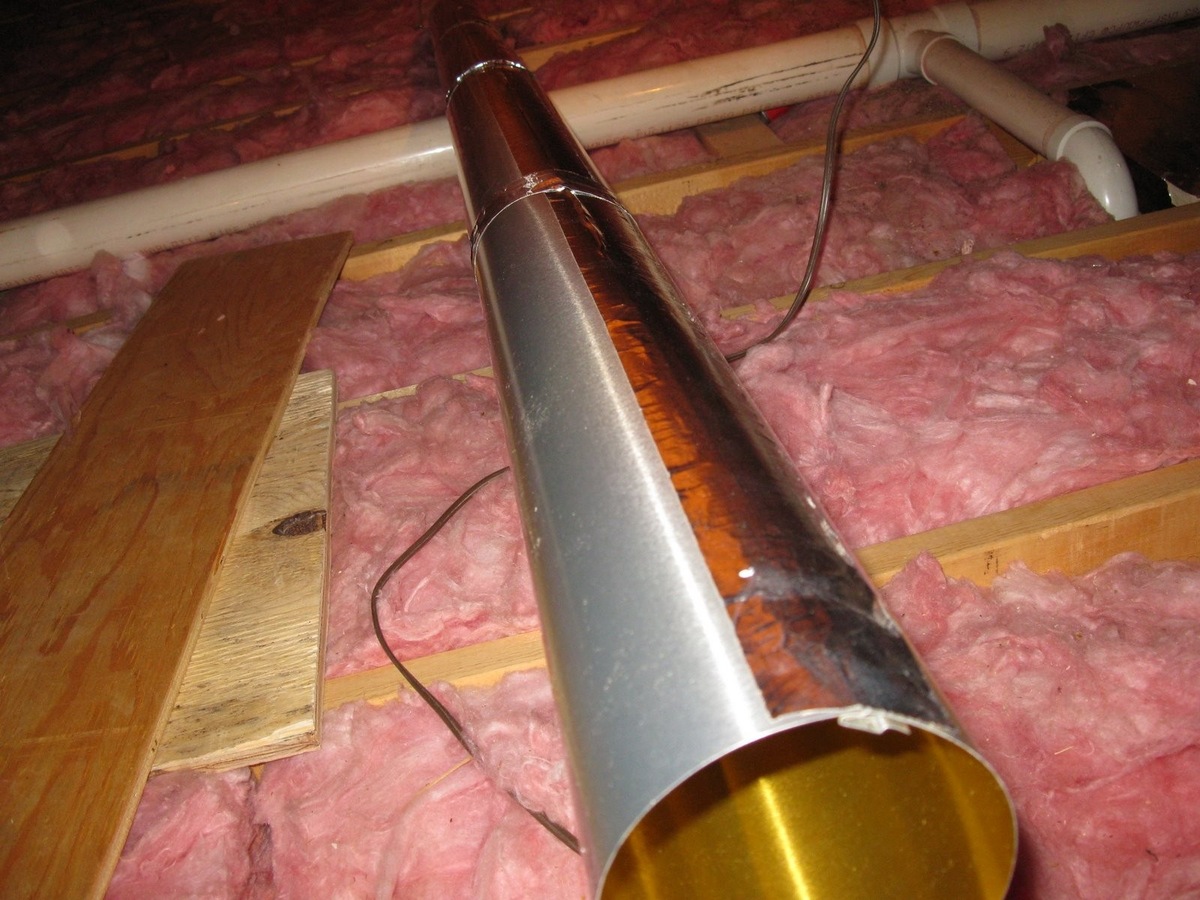

Bathroom Accessories
What Pipe To Use For Bathroom Exhaust Fan
Modified: October 18, 2024
Discover the best pipe for your bathroom exhaust fan with our comprehensive guide. Find the right bathroom accessories for optimal ventilation.
(Many of the links in this article redirect to a specific reviewed product. Your purchase of these products through affiliate links helps to generate commission for Storables.com, at no extra cost. Learn more)
Introduction
When it comes to creating a comfortable and healthy bathroom environment, proper ventilation is essential. A well-functioning bathroom exhaust fan plays a crucial role in removing excess moisture, unpleasant odors, and airborne pollutants from the bathroom, thereby preventing mold and mildew growth and maintaining indoor air quality. However, the effectiveness of a bathroom exhaust fan heavily relies on the type of pipe used for its ventilation system.
In this comprehensive guide, we will delve into the various types of pipes commonly used for bathroom exhaust fans, the factors to consider when choosing the right pipe for your bathroom, installation tips, and maintenance guidelines. By understanding the nuances of different pipe options and learning the best practices for installation and upkeep, you can ensure that your bathroom exhaust fan operates at its optimal capacity, promoting a fresh and healthy bathroom environment for years to come. So, let's explore the world of bathroom exhaust fan pipes and equip ourselves with the knowledge to make informed decisions for our bathroom ventilation needs.
Key Takeaways:
- Choose the right pipe for your bathroom exhaust fan based on layout, local codes, and climate. Proper installation and maintenance ensure optimal airflow and a healthy indoor environment.
- Flexible aluminum, rigid metal, PVC, or insulated ducts offer different benefits for bathroom exhaust fans. Consider airflow, durability, and insulation when selecting the best pipe for your needs.
Read more: What Is An Exhaust Fan
Types of Pipes for Bathroom Exhaust Fans
Flexible Aluminum Ducts
Flexible aluminum ducts are a popular choice for bathroom exhaust fan installations due to their versatility and ease of use. These ducts are lightweight and flexible, allowing for convenient routing around obstacles and tight spaces. The aluminum construction provides durability and corrosion resistance, making it suitable for moist bathroom environments. However, it is important to ensure that the duct is fully extended and free of kinks to maintain optimal airflow.
Rigid Metal Ducts
Rigid metal ducts, typically made of galvanized steel or aluminum, offer robustness and durability for long-term ventilation solutions. They provide a smooth interior surface, minimizing airflow resistance and reducing the accumulation of debris. While rigid metal ducts are less flexible than their aluminum counterparts, they are ideal for straight and short duct runs, ensuring efficient airflow from the bathroom exhaust fan to the exterior.
PVC Ducts
PVC ducts are known for their corrosion resistance and affordability, making them a cost-effective option for bathroom exhaust fan installations. These ducts are lightweight and easy to handle, simplifying the installation process. However, it is crucial to use PVC ducts specifically designed for ventilation purposes to ensure compatibility with the exhaust fan system and to adhere to building codes and regulations.
Read more: How To Fix Bathroom Exhaust Fan
Insulated Ducts
Insulated ducts feature a layer of insulation, typically made of foil or plastic, surrounding the duct to prevent condensation and minimize heat loss during the ventilation process. This type of duct is beneficial in colder climates where condensation within the ductwork can lead to moisture-related issues. The insulation helps maintain the temperature of the air being expelled, reducing the risk of condensation buildup and enhancing overall ventilation efficiency.
Considerations for Pipe Selection
When choosing the appropriate pipe for a bathroom exhaust fan, factors such as the layout of the ventilation system, local building codes, and the specific requirements of the exhaust fan unit should be taken into account. Additionally, the diameter of the duct should be compatible with the fan's airflow capacity to ensure optimal performance.
Understanding the characteristics and benefits of each type of pipe for bathroom exhaust fans empowers homeowners and installers to make informed decisions based on their unique ventilation needs. Whether prioritizing flexibility, durability, insulation, or cost-effectiveness, selecting the right pipe is crucial for maximizing the effectiveness of the bathroom exhaust fan and maintaining a healthy indoor environment.
This section has provided an overview of the various types of pipes commonly used for bathroom exhaust fans, shedding light on their distinct features and suitability for different installation scenarios. With this knowledge in hand, readers can proceed to the next section, which focuses on choosing the right pipe for their specific bathroom ventilation requirements.
Choosing the Right Pipe for Your Bathroom
Selecting the appropriate pipe for your bathroom exhaust fan is a critical decision that directly impacts the efficiency and longevity of the ventilation system. When evaluating the options, several key factors should be considered to ensure that the chosen pipe aligns with the specific requirements of your bathroom and the exhaust fan unit.
First and foremost, it is essential to assess the layout and configuration of the ventilation system. For instance, if the ductwork necessitates navigating tight spaces or sharp angles, a flexible aluminum duct may be the most practical choice due to its adaptability and ease of maneuvering. Conversely, in scenarios where a straight and uncomplicated duct run is feasible, rigid metal ducts offer durability and optimal airflow efficiency.
Another crucial consideration is the local building codes and regulations governing ventilation installations. Different regions may have specific requirements regarding the type of duct material, insulation, and diameter permissible for bathroom exhaust systems. Adhering to these regulations not only ensures compliance but also contributes to the safety and effectiveness of the ventilation setup.
Furthermore, the airflow capacity of the exhaust fan unit should be matched with the appropriate duct diameter to facilitate efficient air movement. A mismatch in sizing can lead to reduced ventilation performance and potential strain on the fan motor. Therefore, consulting the fan's specifications and selecting a compatible duct size is fundamental in optimizing the overall functionality of the ventilation system.
Additionally, the environmental conditions and climate of the installation location play a significant role in pipe selection. In regions prone to temperature variations and high humidity levels, insulated ducts provide an effective solution to prevent condensation and maintain consistent airflow performance. Conversely, in drier climates, the emphasis may shift towards corrosion-resistant materials such as PVC ducts, offering longevity and cost-effectiveness.
Ultimately, the decision-making process should encompass a holistic evaluation of the specific requirements, constraints, and environmental factors relevant to your bathroom exhaust system. By carefully weighing these considerations and consulting with professionals if needed, you can confidently choose the right pipe that harmonizes with your bathroom's ventilation needs, ensuring optimal performance and long-term reliability.
This section has provided valuable insights into the pivotal considerations when selecting the right pipe for your bathroom exhaust fan. Armed with this knowledge, readers can proceed to the subsequent section, which delves into installation tips for ensuring a seamless and effective setup of the ventilation system.
Installation Tips
Proper installation is paramount to the effectiveness and longevity of a bathroom exhaust fan system. Whether you are embarking on a new installation or upgrading an existing setup, adhering to best practices during the installation process is essential. Here are valuable tips to ensure a seamless and effective installation of your bathroom exhaust fan and its associated pipe:
-
Plan the Duct Route: Before commencing the installation, carefully plan the route of the ductwork from the exhaust fan to the exterior vent. Consider the most direct and unobstructed path to facilitate optimal airflow. If using flexible ducts, ensure they are fully extended and free of kinks to prevent airflow restrictions.
-
Choose the Right Location: Select an appropriate location for the exhaust fan within the bathroom, ideally near the shower or bathtub to effectively remove moisture and odors. Additionally, position the exterior vent in a location that minimizes backdrafts and prevents the accumulation of debris.
-
Follow Building Codes: Familiarize yourself with local building codes and regulations pertaining to ventilation system installations. Adhering to these guidelines ensures compliance and promotes safety and efficiency. This may include requirements for duct insulation, fire-rated ducts, and vent termination clearances.
-
Use Proper Fasteners: Secure the ductwork and exhaust fan using appropriate fasteners to prevent sagging or disconnection over time. Utilize metal tape or clamps to ensure airtight connections between duct segments and at the fan outlet.
-
Consider Insulation: In colder climates, consider using insulated ducts to prevent condensation and maintain consistent airflow. Proper insulation minimizes heat loss and reduces the risk of moisture-related issues within the ductwork.
-
Seal Air Leaks: Thoroughly seal any gaps or air leaks along the duct joints and connections to prevent air loss and maintain efficient ventilation. This helps to optimize the fan's performance and prevents the infiltration of unwanted air from the exterior.
-
Test the System: Once the installation is complete, test the exhaust fan to ensure proper operation and airflow. Verify that the vent flap opens when the fan is running and that air is being expelled to the exterior without obstructions.
By following these installation tips, you can ensure that your bathroom exhaust fan and its associated pipe are installed with precision and care, maximizing their functionality and contributing to a healthier indoor environment. Whether undertaking the installation as a DIY project or enlisting professional assistance, attention to these details is instrumental in achieving a successful and effective ventilation system.
This section has provided comprehensive installation tips to guide readers through the process of installing a bathroom exhaust fan and its associated pipe. With these insights, individuals can proceed with confidence, knowing the essential steps to ensure a well-executed installation.
Maintenance and Cleaning
Maintaining a clean and well-functioning bathroom exhaust fan is crucial for preserving indoor air quality and preventing potential issues associated with moisture and odors. Regular maintenance and cleaning routines not only prolong the lifespan of the exhaust fan but also contribute to its optimal performance. Here are essential guidelines for effectively maintaining and cleaning your bathroom exhaust fan and its associated ductwork:
Regular Inspection
Periodically inspect the exhaust fan and its surrounding area for any signs of dust accumulation, debris, or obstruction. Ensure that the fan cover is free from dirt and grime, and check for any visible buildup within the ductwork. A visual inspection allows for early detection of potential issues and prompts timely cleaning and maintenance.
Cleaning the Fan Cover
The fan cover, often exposed to moisture and airborne particles, can accumulate dust and grime over time. Remove the cover and gently clean it using a mild detergent and water solution. Thoroughly dry the cover before reattaching it to the fan housing. This simple yet essential step helps maintain unobstructed airflow and prevents the circulation of dust and contaminants.
Dusting the Fan Blades
Dust and debris can accumulate on the fan blades, impeding their rotation and reducing airflow efficiency. Carefully dust the fan blades using a soft brush or cloth to remove any buildup. This ensures that the fan operates smoothly and effectively, expelling air from the bathroom without obstruction.
Vacuuming the Ductwork
Over time, dust, lint, and other particles can accumulate within the ductwork, potentially hindering airflow and diminishing the fan's performance. Use a vacuum cleaner with a narrow attachment to carefully remove debris from the interior of the ducts. This helps maintain unobstructed airflow and prevents the buildup of contaminants within the ventilation system.
Inspecting and Replacing Filters
If your bathroom exhaust fan is equipped with a filter, inspect it regularly and replace it as needed. Filters play a vital role in capturing airborne particles and maintaining indoor air quality. Regular replacement ensures that the fan operates efficiently and effectively removes pollutants from the bathroom environment.
Lubricating Moving Parts
If your exhaust fan features moving parts such as bearings or motor assemblies, periodic lubrication can help sustain smooth operation and reduce wear and tear. Refer to the manufacturer's guidelines for recommended lubricants and application intervals to ensure the longevity of the fan components.
Professional Maintenance
For comprehensive maintenance and cleaning, consider scheduling periodic professional inspections and servicing of your bathroom exhaust fan. Experienced technicians can conduct thorough cleaning, lubrication, and performance assessments, ensuring that the ventilation system operates at its best.
By incorporating these maintenance and cleaning practices into your routine, you can uphold the efficiency and longevity of your bathroom exhaust fan and its associated ductwork. A well-maintained ventilation system not only promotes a healthy bathroom environment but also contributes to the overall well-being of your home.
This comprehensive overview of maintenance and cleaning practices equips readers with the knowledge and guidance to uphold the effectiveness of their bathroom exhaust fan, fostering a fresh and comfortable indoor environment.
Read more: How To Change Bathroom Exhaust Fan
Conclusion
In conclusion, the selection, installation, and maintenance of the pipe for a bathroom exhaust fan are pivotal aspects that directly impact the functionality and longevity of the ventilation system. By understanding the characteristics and considerations associated with different types of pipes, homeowners and installers can make informed decisions tailored to their specific ventilation needs.
The diverse options, including flexible aluminum ducts, rigid metal ducts, PVC ducts, and insulated ducts, offer a range of benefits suited to various installation scenarios. Whether prioritizing flexibility, durability, insulation, or cost-effectiveness, the choice of pipe plays a crucial role in optimizing the performance of the bathroom exhaust fan.
When selecting the right pipe, factors such as the layout of the ventilation system, local building codes, the fan's airflow capacity, and environmental conditions should be carefully evaluated. This comprehensive assessment ensures that the chosen pipe aligns with the unique requirements of the bathroom, promoting efficient airflow and compliance with regulations.
During the installation process, attention to detail, adherence to building codes, and proper sealing of duct connections are essential for achieving a well-executed and effective ventilation system. By following best practices and considering insulation in colder climates, homeowners can ensure that the exhaust fan and its associated pipe operate seamlessly, contributing to a healthier indoor environment.
Furthermore, regular maintenance and cleaning routines, including inspecting the fan, cleaning the cover, dusting the blades, and vacuuming the ductwork, are integral to preserving the functionality and indoor air quality benefits of the bathroom exhaust fan. These proactive measures help prevent the accumulation of debris and maintain unobstructed airflow, ensuring that the ventilation system operates at its best.
In essence, the proper selection, installation, and maintenance of the pipe for a bathroom exhaust fan are essential steps in creating a fresh, comfortable, and healthy bathroom environment. By integrating the insights and guidelines presented in this guide, homeowners and installers can confidently navigate the process of optimizing their bathroom ventilation system, ultimately contributing to a more enjoyable and sustainable living space.
Frequently Asked Questions about What Pipe To Use For Bathroom Exhaust Fan
Was this page helpful?
At Storables.com, we guarantee accurate and reliable information. Our content, validated by Expert Board Contributors, is crafted following stringent Editorial Policies. We're committed to providing you with well-researched, expert-backed insights for all your informational needs.

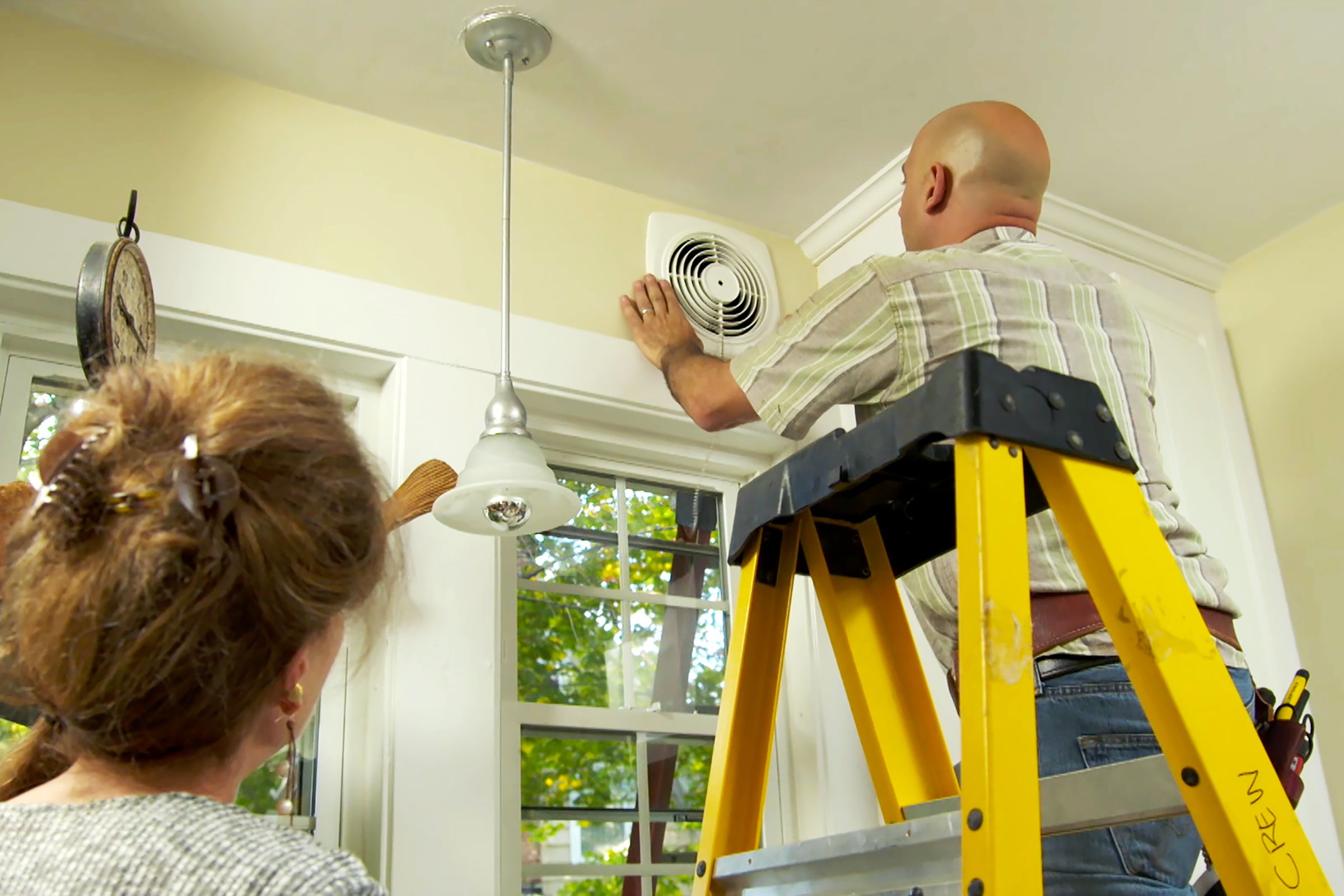
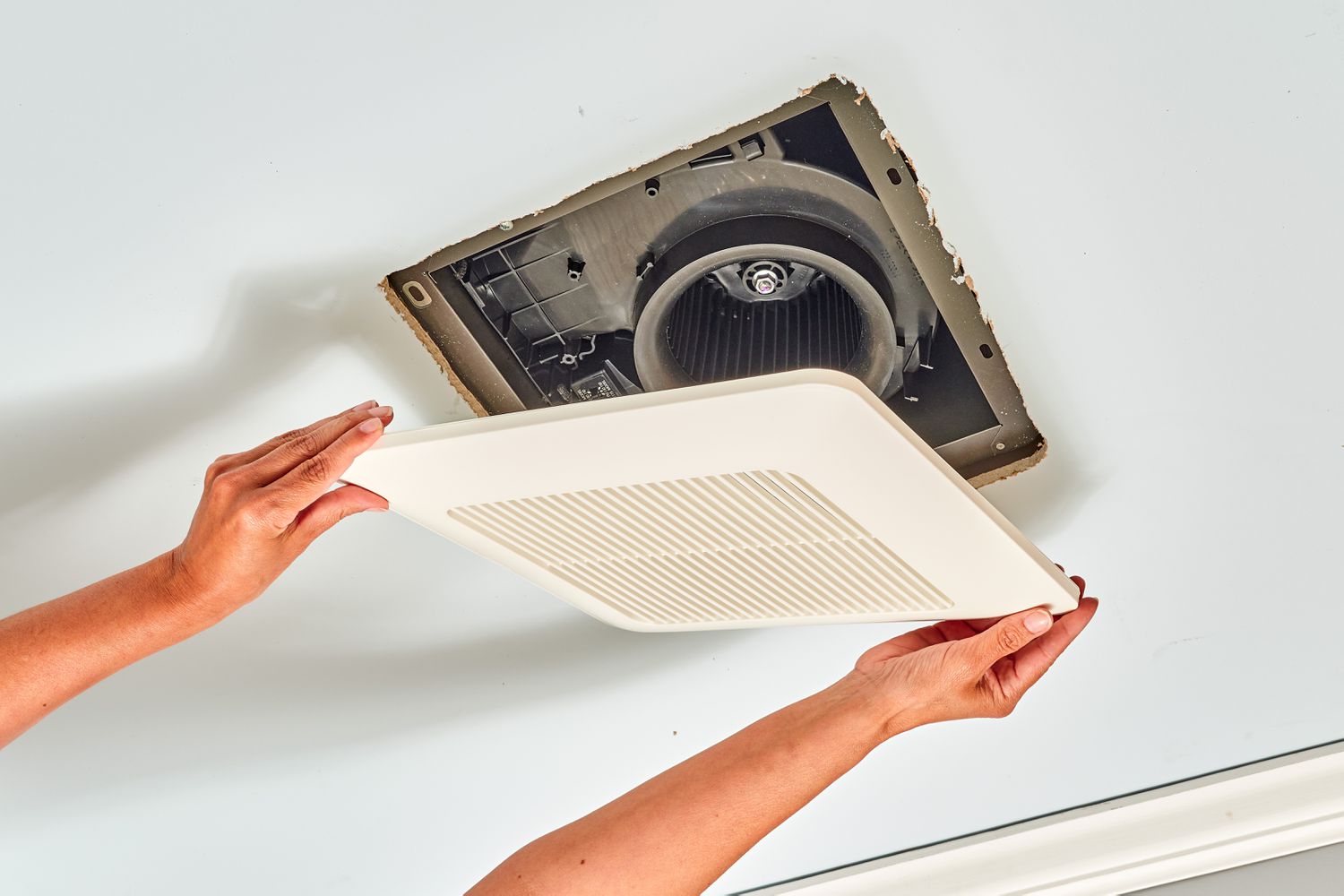
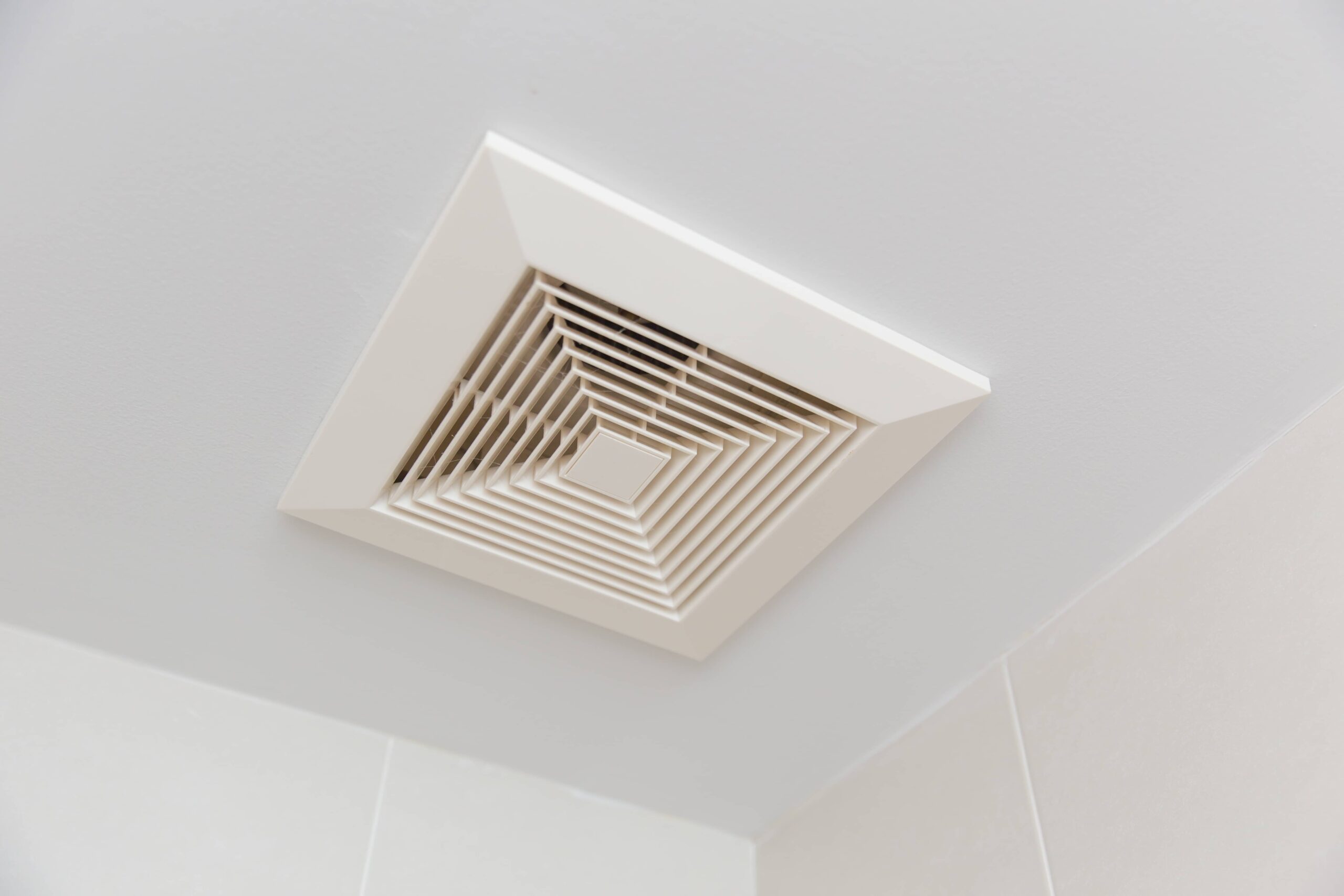

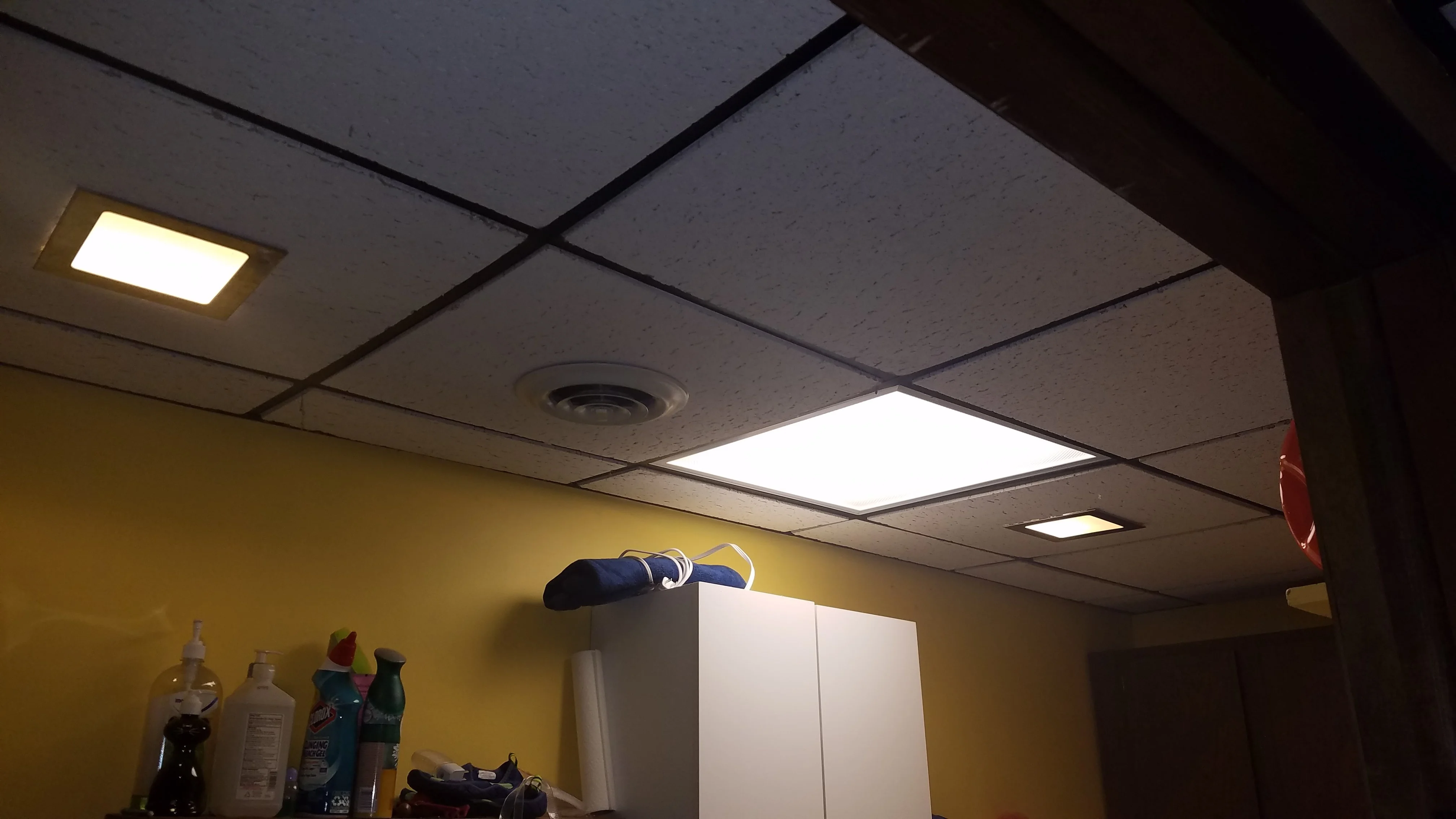
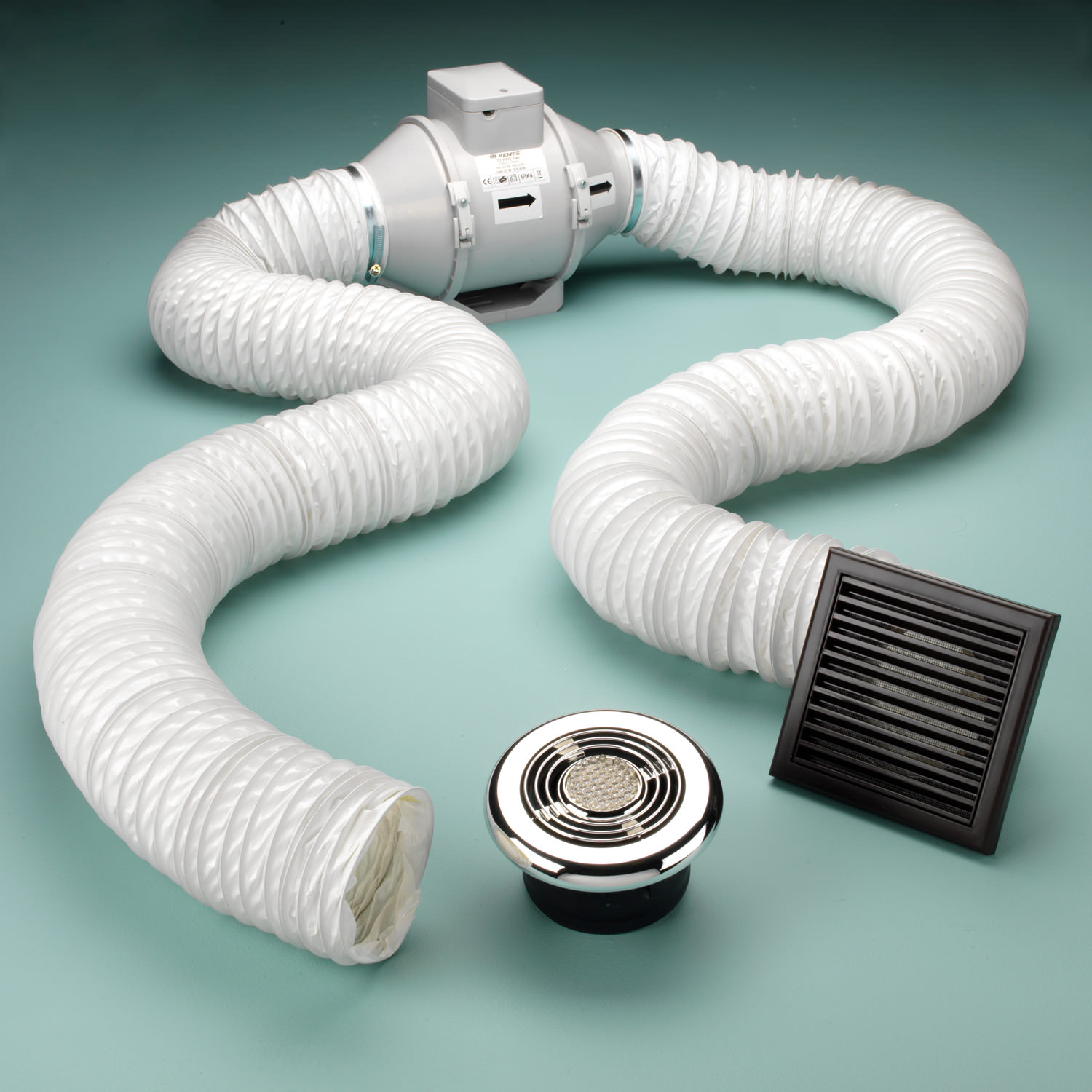

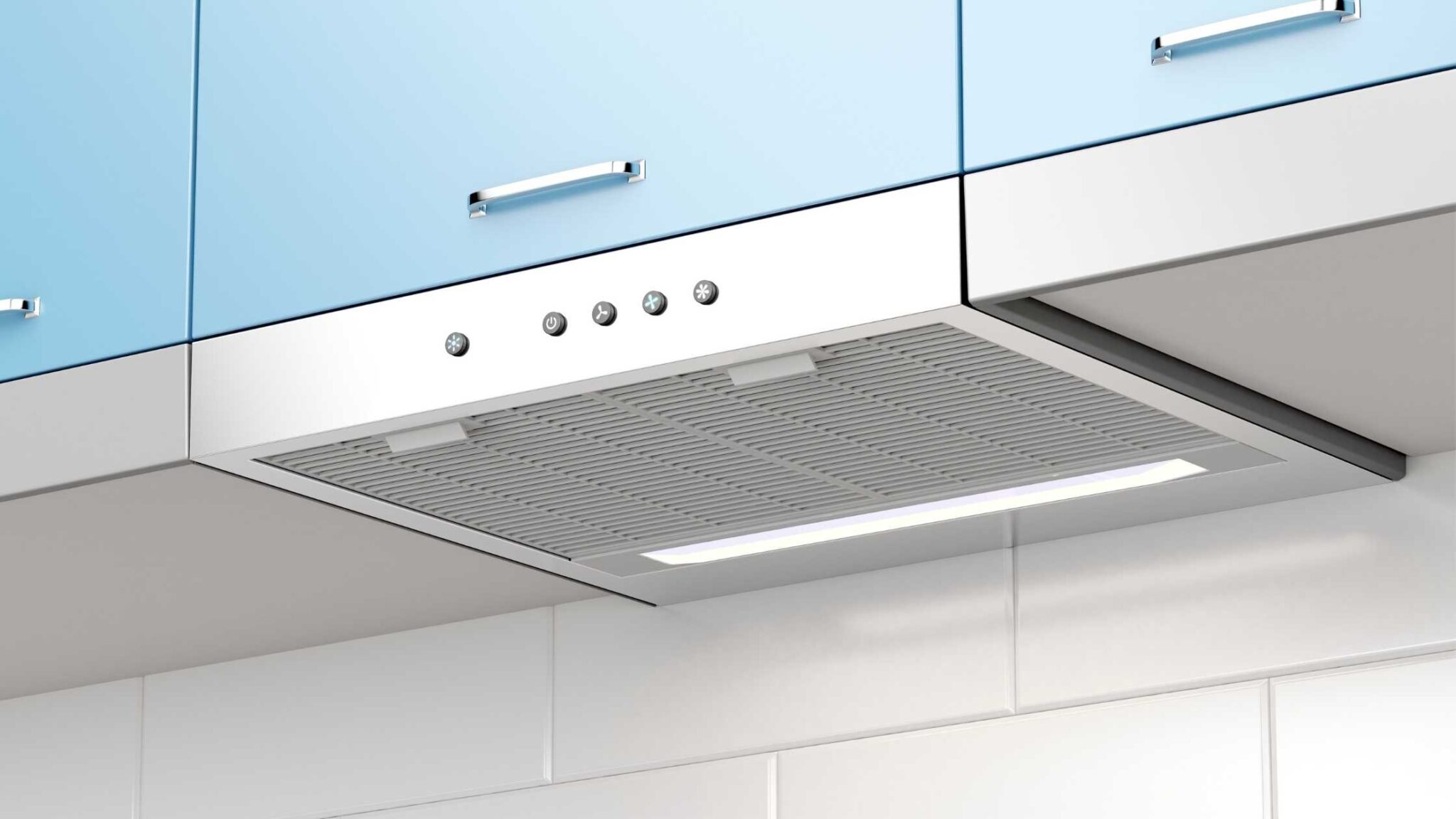
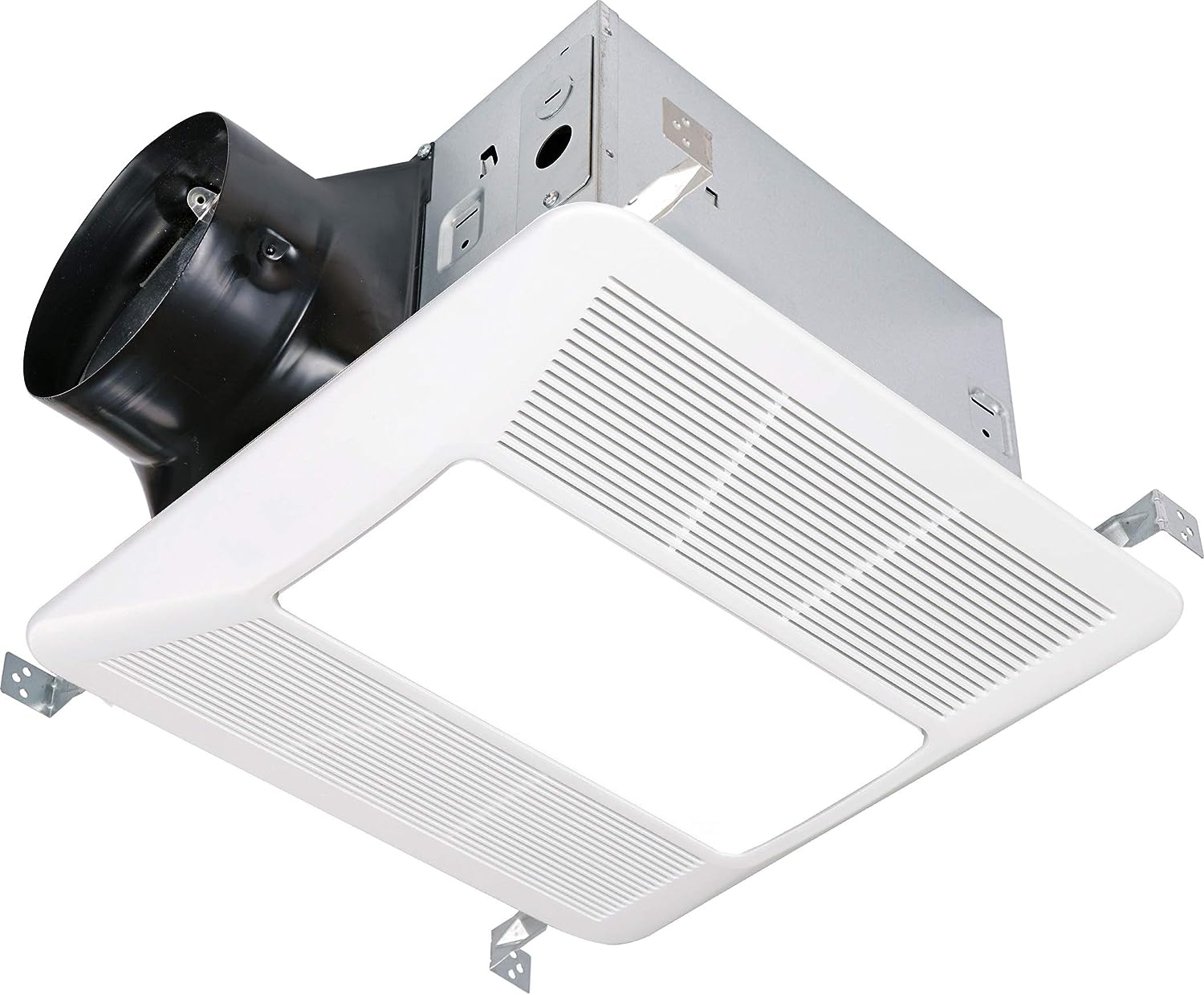
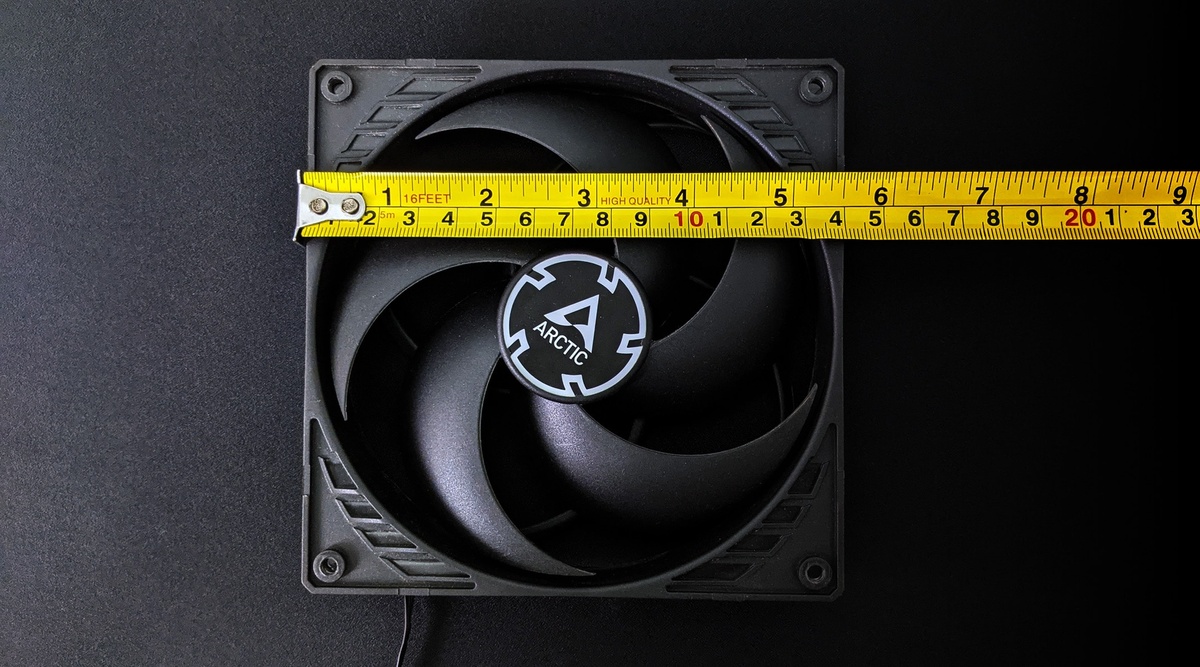

0 thoughts on “What Pipe To Use For Bathroom Exhaust Fan”